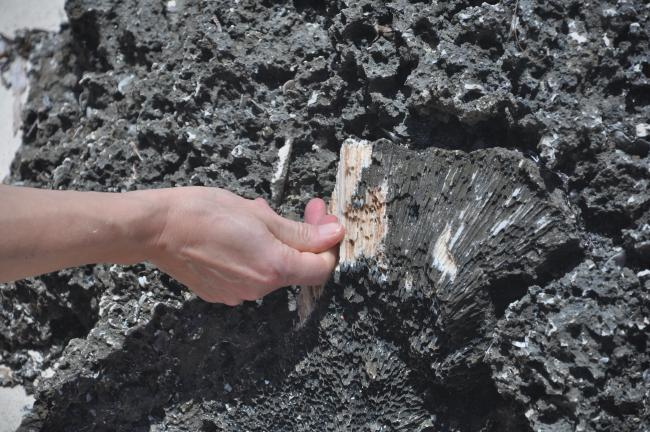Refugia for reefs to maintain biodiversity
In the Coral Triangle, high coral cover and high abundance of coral recruits suggest that, despite the presence of large human populations, turbid reefs have the capacity to withstand environmental pressures. Analyses of fossil data show that in the past, reefs living in so-called turbid habitats (characterised by the influence of terrestrial run-off) played an important role in the origins and maintenance of this global biodiversity hotspot.
We investigate the potential of turbid reefs as refugia during ongoing environmental change. We compare the condition of present reefs with reefs from the Holocene that developed prior to significant anthropogenic impact, and reefs from the Pliocene that might represent potential future greenhouse analogues.
1. What was the biodiversity of turbid reefs in the past and in what habitats did the reefs grow in past warmer periods of the Earth’s history, and how does this compare to the present?
2. What are the environmental constraints on ecosystem functions of turbid reefs?
3. How can we use information from past reefs to better understand the future trajectories of modern coral reefs, and apply this towards reef restoration actions?
4D-REEF brings together five universities, two natural history museums, three research institutes, three SMEs, and an NGO. These institutions and experts will generate a stimulating training environment in which a cohort of 15 ESRs can acquire the knowledge and experience that they need to make them competitive and able to take informed decisions.
More information: www.4d-reef.eu
Project Partners (Germany) |
International Project Partners | |
|---|---|---|
University of Frankfurt Max Planck Institute for Marine Mircobiology University of Bremen WWF and others |
Naturalis Biodiversity Center (Leiden, Netherlands) Natural History Museum (UK) University of Granada University of Bristol University of Aveiro University of Sydney |





